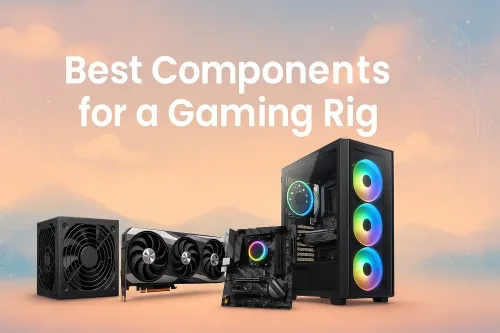
Ultimate Gaming Performance
Boost your gaming experience with top-tier components that maximize performance 💥 Optimize your build today! 🔧
PCIe Gen 4 NVMe SSD boosts loading times, longevity, and bandwidth — learn how to pick, install, and future-proof your gaming rig with proven tips and upgrade paths. 🚀💾

Staring at a loading screen while your mates are already dropping into the action? We've all been there. That old hard drive or even an early-gen SSD just can't keep up with today's massive game worlds. It's time to stop waiting and start playing. A PCIe Gen 4 NVMe SSD isn't just an upgrade; it's a fundamental shift in how your PC performs, delivering the instantaneous response you need to compete and explore without limits. 🚀
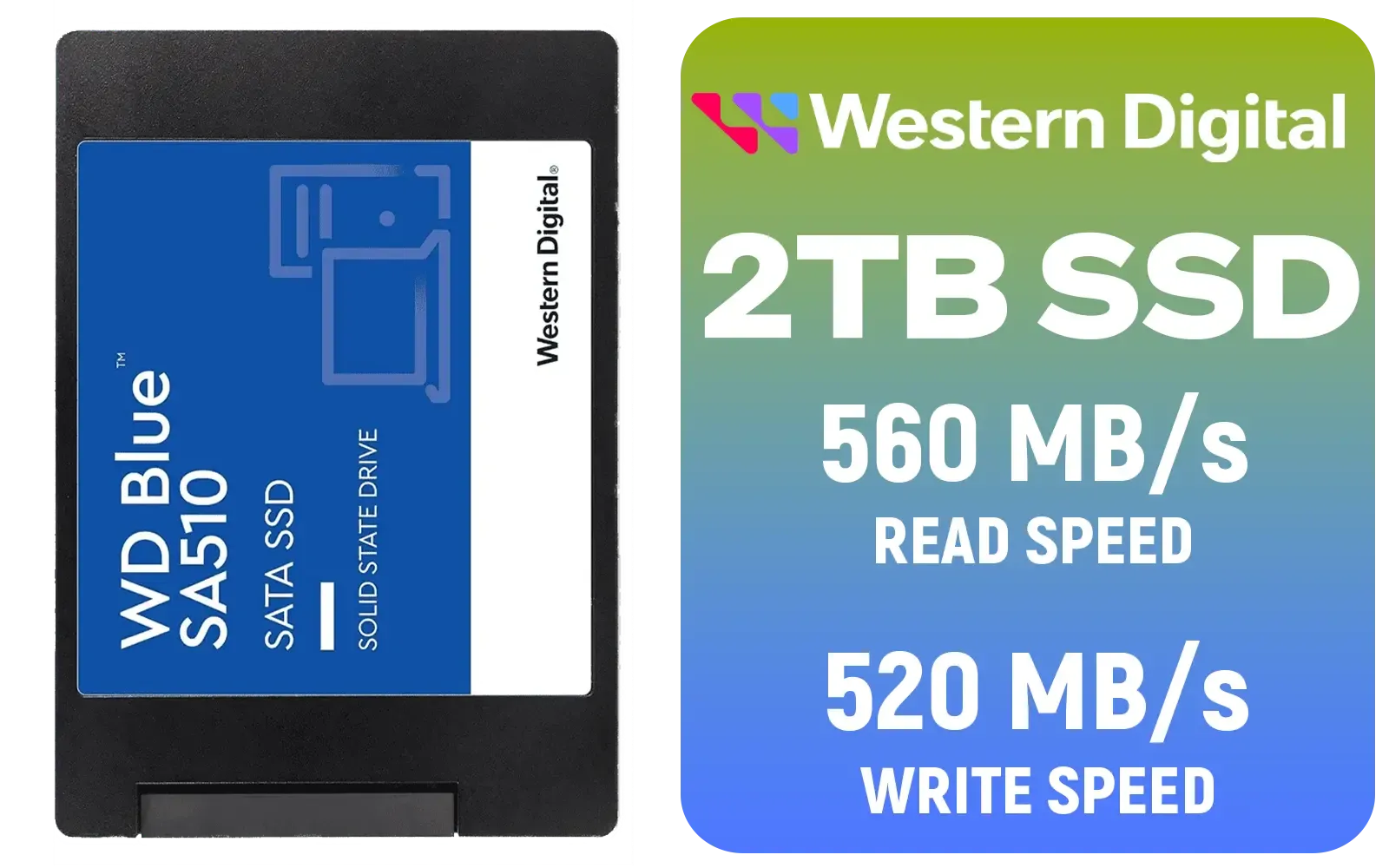
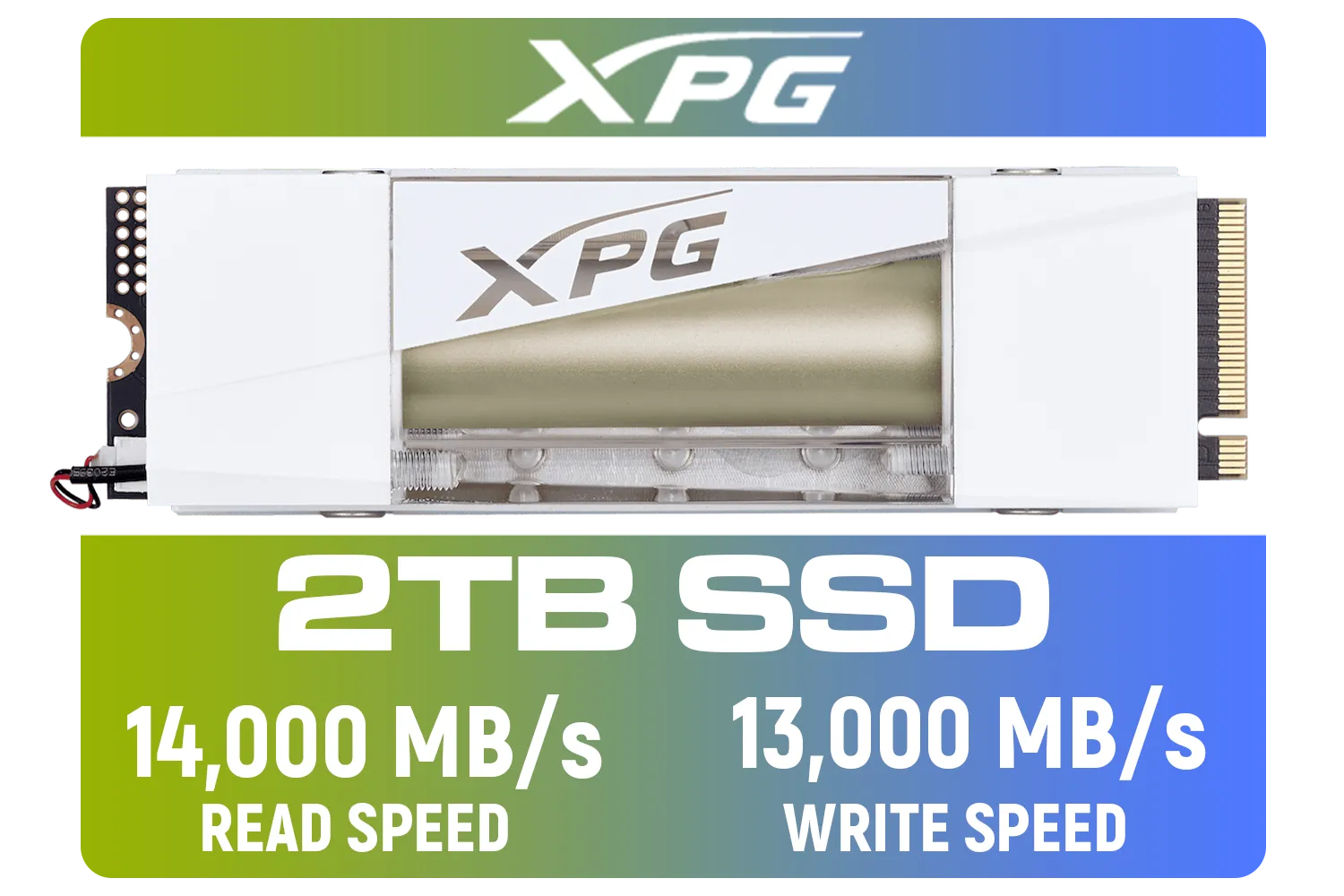




Let's cut through the jargon. Think of your PC's data transfer capability like a highway. Your old hard drive was a single-lane farm road. A SATA SSD was a decent three-lane road. But a PCIe Gen 4 NVMe SSD? That's the N1 highway with no speed limit... and you're in a supercar.
This technology uses the high-bandwidth PCIe 4.0 interface on your motherboard to communicate directly with your CPU, smashing the bottlenecks that held older storage back. The result is sequential read speeds that can exceed 7,000MB/s, a massive jump from the ~550MB/s of a typical SATA SSD. Industry pioneers like Kingston have led the charge in making this powerful tech more accessible for every South African gamer.
Raw numbers are impressive, but what does this speed mean for your daily gaming sessions?
This is the most immediate benefit. Games like Starfield, Cyberpunk 2077, and Baldur's Gate 3 can see their initial load times and fast-travel screens cut down dramatically. A powerful PCIe Gen 4 NVMe SSD means less time staring at a progress bar and more time immersed in the game.



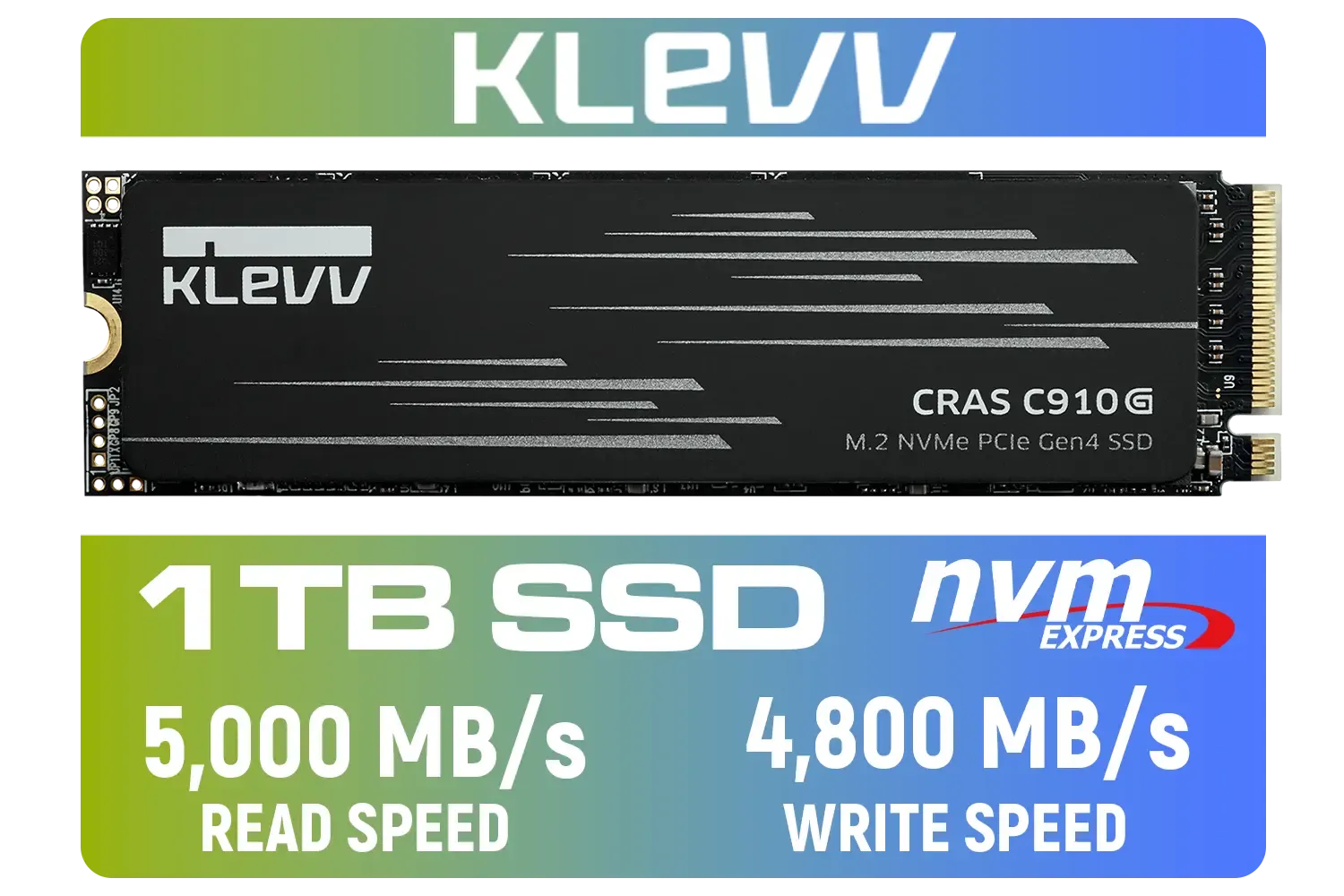
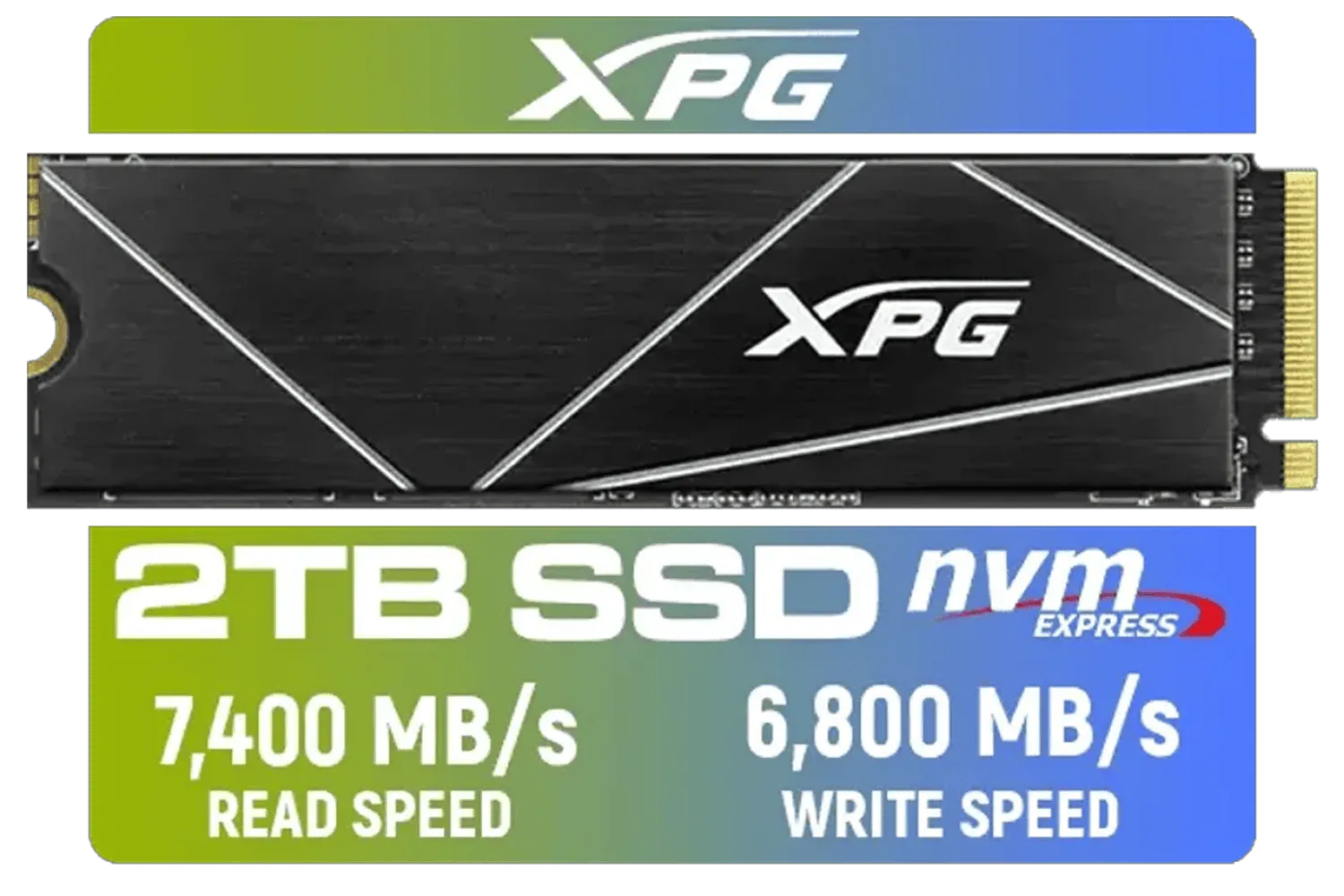
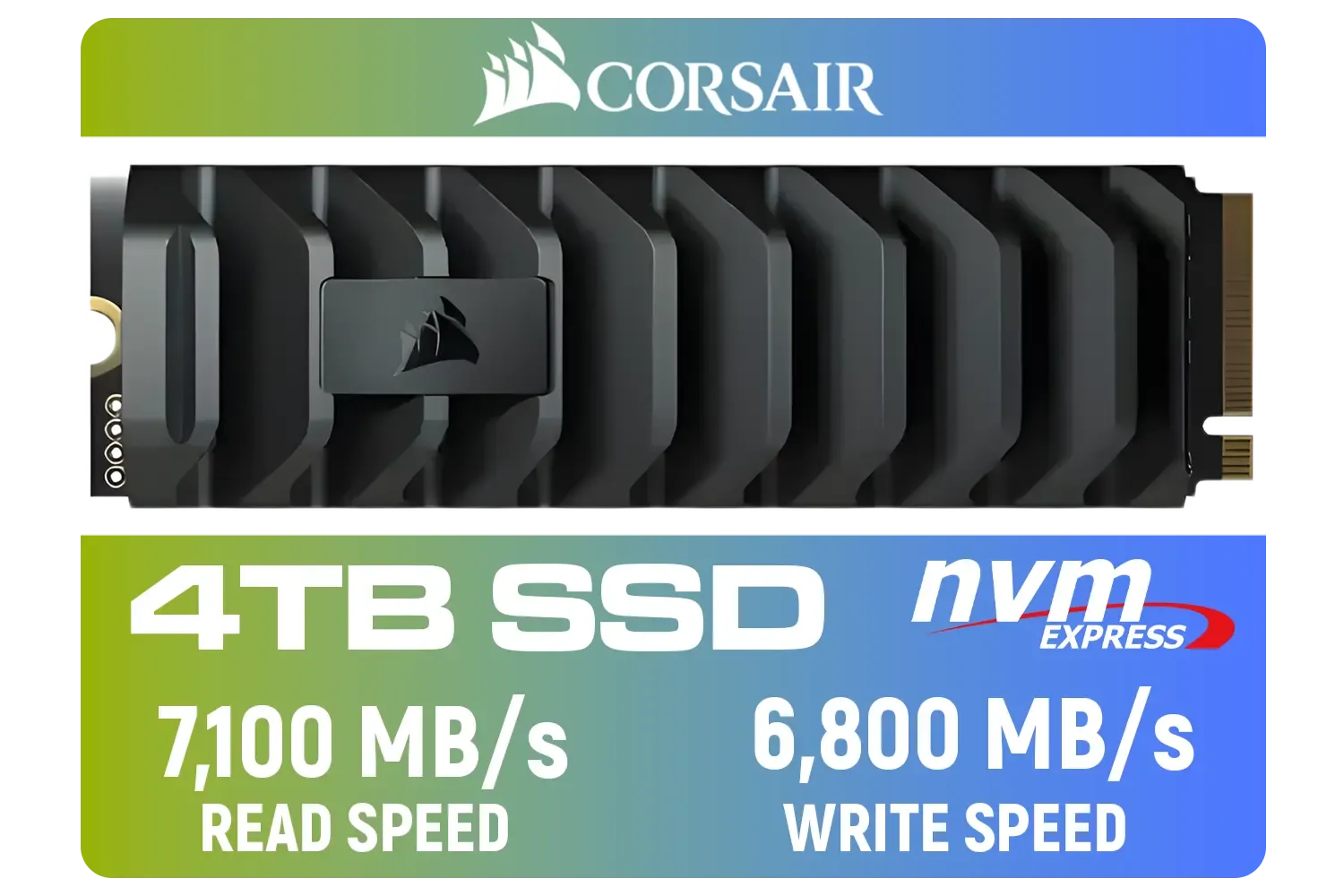
Ever sprinted through a massive open world only to see textures pop in a second too late? That's your storage struggling to stream assets to your GPU. A high-performance drive, like those from gaming-focused brands like Corsair, feeds your graphics card a constant, ultra-fast stream of data. This ensures a seamless experience with no immersion-breaking pop-in.
This is the big one. Microsoft's DirectStorage API is a technology that allows your GPU to load game assets directly from your NVMe SSD, bypassing the CPU. This radically reduces CPU overhead and unlocks a new level of performance and detail in games designed for it. Investing in a PCIe Gen 4 SSD today ensures your rig is ready for the next generation of PC gaming.
Before you buy, quickly check your motherboard's manual or product page. You'll need a free M.2 slot that specifically supports the "PCIe 4.0 x4" standard to get the maximum speed. A Gen 4 drive will work in a Gen 3 slot, but you'll be capped at Gen 3 speeds... leaving a ton of performance on the table!
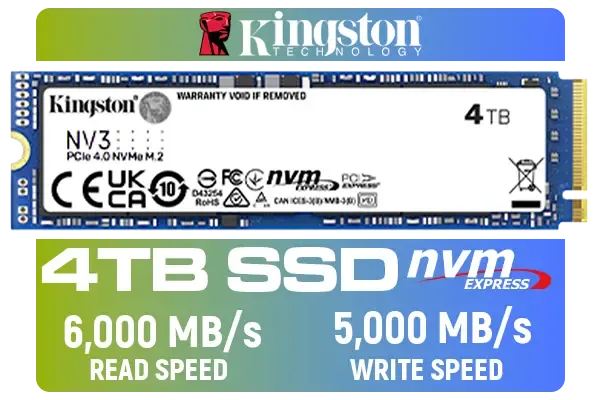
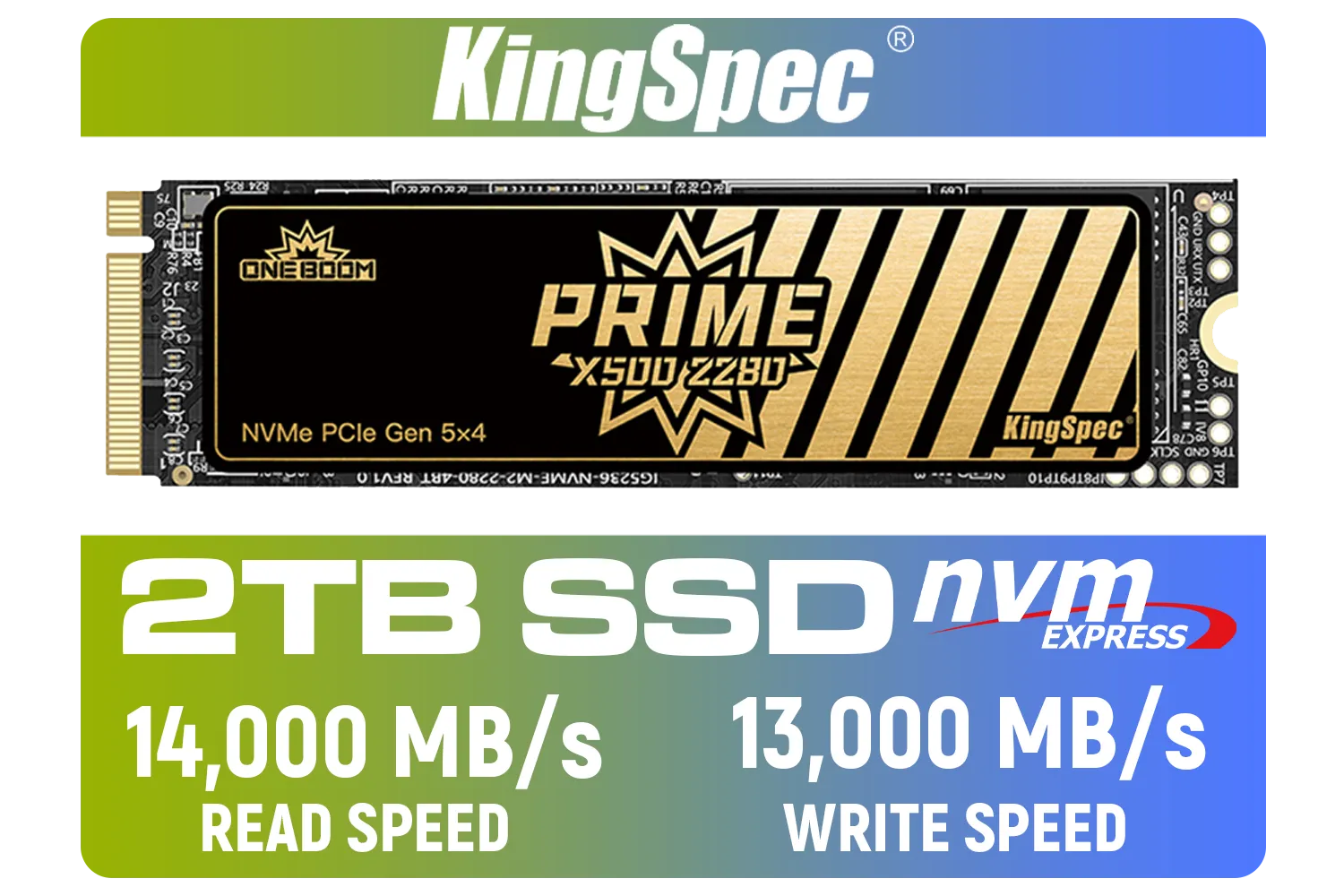
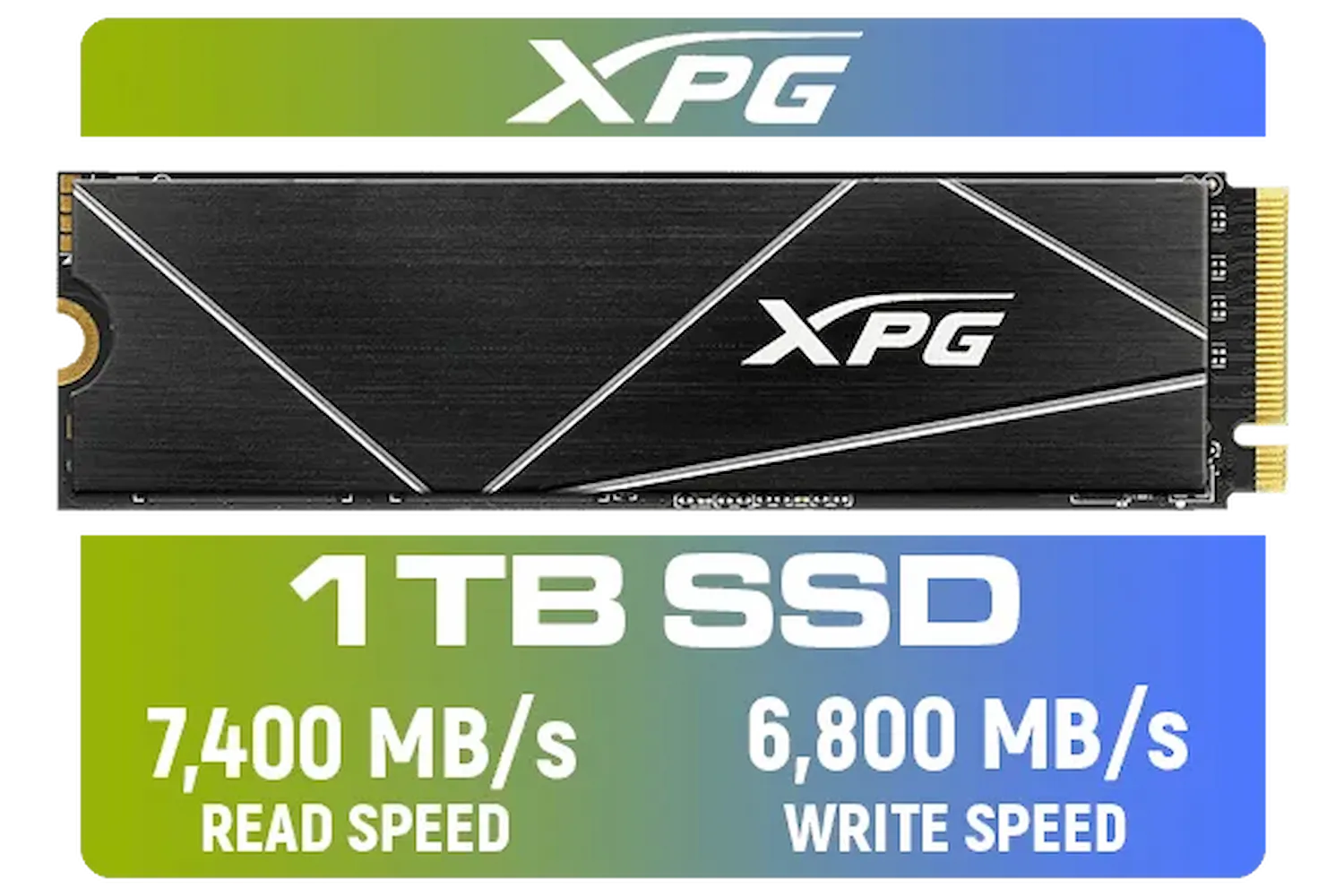


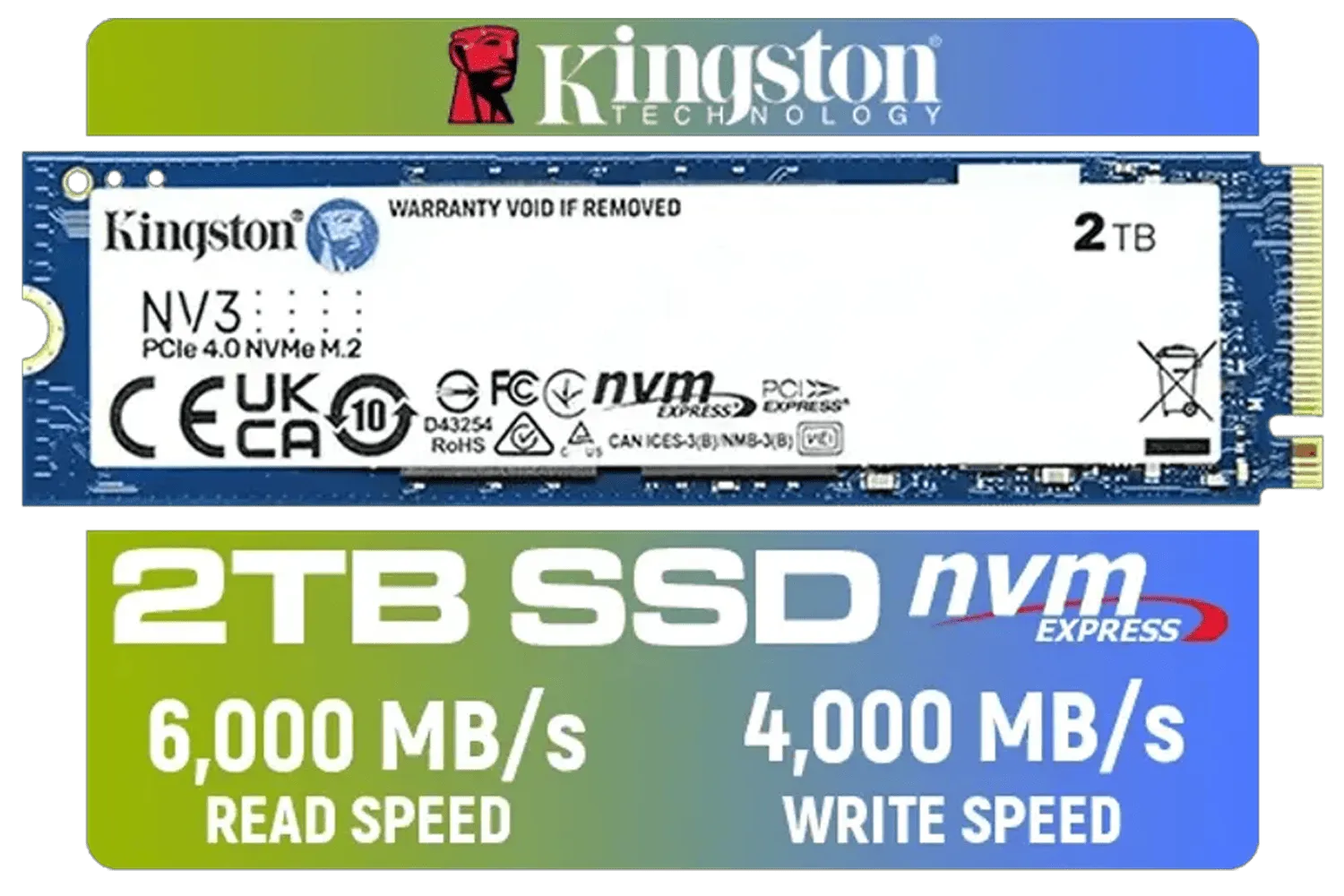
Ready to make the jump? Here’s what to look for when browsing for your new drive.
A PCIe Gen 4 NVMe SSD is more than a component; it's an investment in a faster, smoother, and more enjoyable gaming experience. It's the key to unlocking the full potential of your gaming rig, both today and for the titles of tomorrow.
Ready to Obliterate Loading Screens? Upgrading to a PCIe Gen 4 NVMe SSD is one of the most impactful changes you can make to your PC. For faster boot times, instant game loads, and a smoother experience all-round, the choice is clear. Explore our full range of NVMe SSDs and find the perfect drive for your rig today.
A PCIe Gen 4 NVMe SSD is a high-speed M.2 drive that delivers faster load times, higher bandwidth, and better futureproofing than Gen3 drives.
Gen4 NVMe can double sequential throughput and reduce load times, though real-game gains depend on title, CPU, and storage bottlenecks.
Check your motherboard specs for M.2 slot and PCIe Gen4 support; recent chipsets and CPUs enable full Gen4 NVMe compatibility.
Top choices balance speed, endurance, and cooling. Search 'best pcie gen 4 nvme ssd for gaming' and prioritize sustained performance and warranty.
Yes. Gen4 drives can heat-throttle under sustained loads; a heatsink or strong case airflow preserves consistent performance.
Yes — it increases bandwidth headroom, shortens load times, and keeps storage aligned with upcoming game and platform demands.
Power down, insert the M.2 drive into the M.2 slot at an angle, secure the screw, enable NVMe in BIOS, then install OS or migrate data.